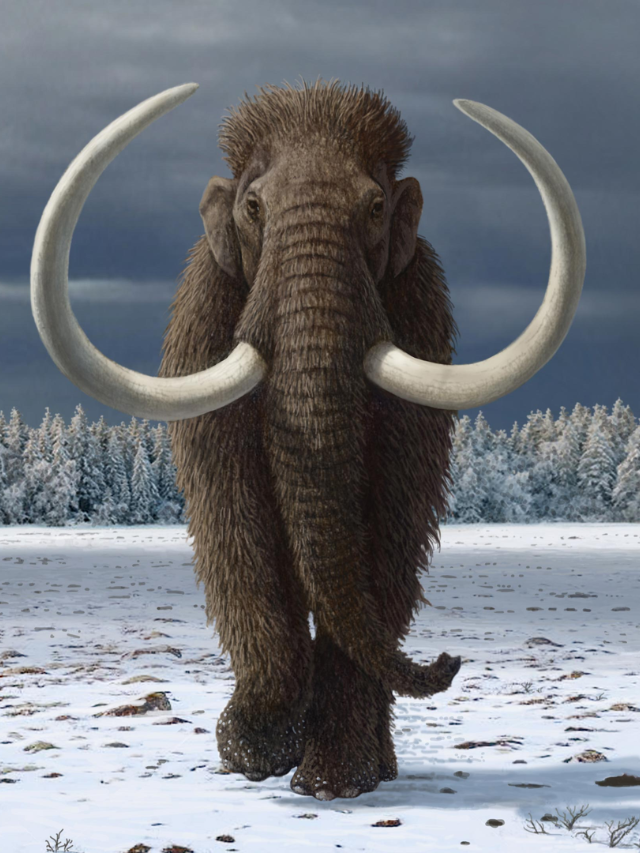
An artist's impression of the last woolly mammoth on Wrangel Island
A Lonely End for a Giant
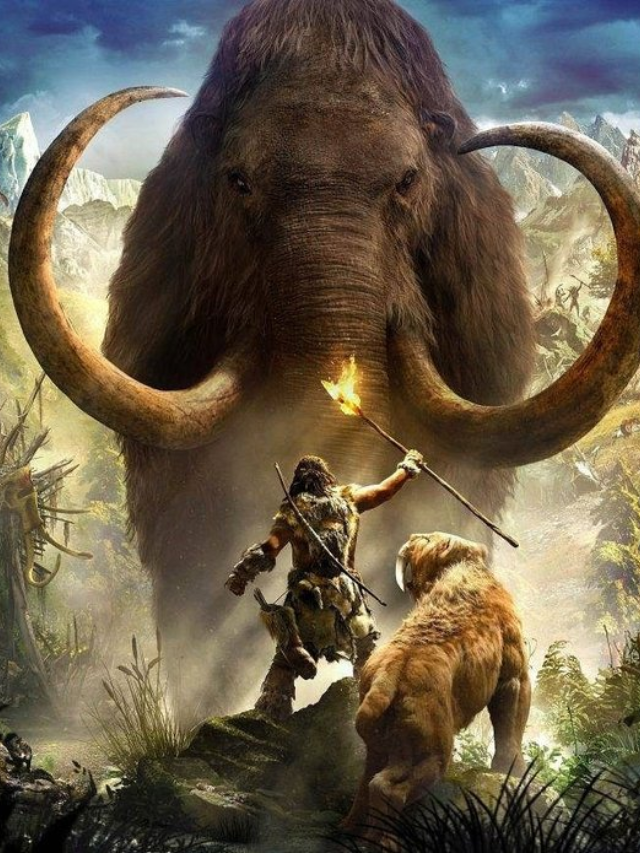
Roughly 4,000 years ago, the final woolly mammoths perished on a remote Arctic island.
When did the last mammoths die?
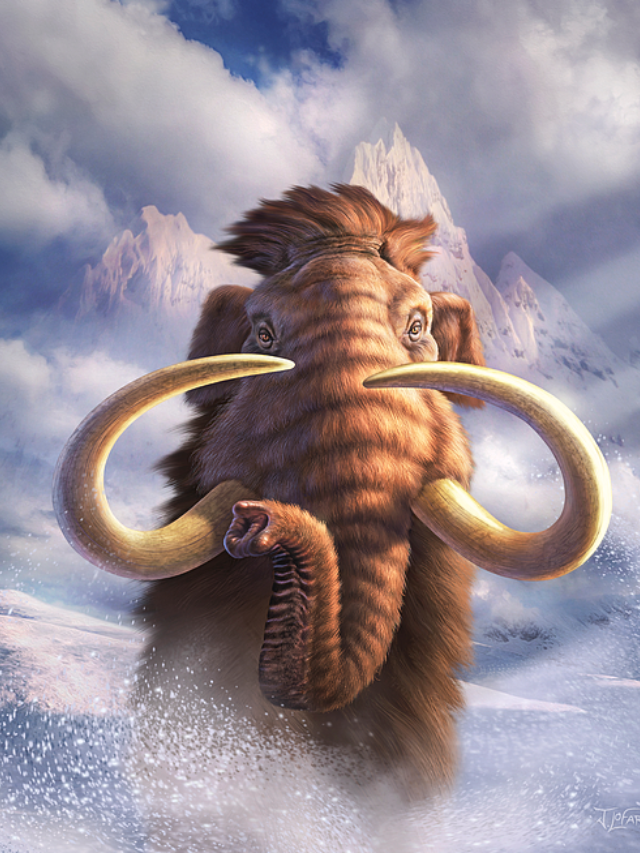
New genetic analysis sheds light on the mystery surrounding the Wrangel Island mammoths' demise.
What caused their extinction? A genetic puzzle
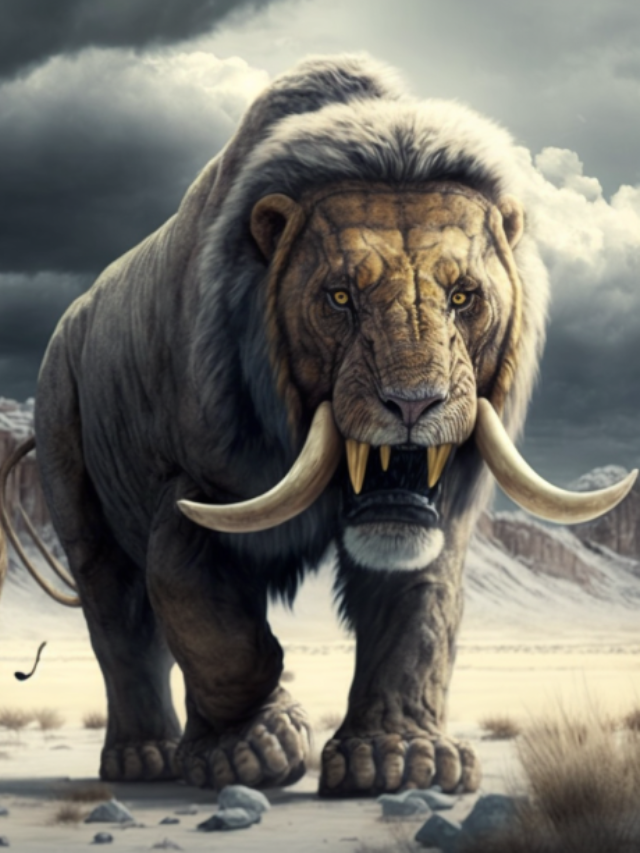
Researchers analyzed the genomes of 14 Wrangel mammoths.
Studying the Mammoth's Past

Wrangel Island's mammoths became isolated around 10,000 years ago due to rising sea levels.
Island Isolation
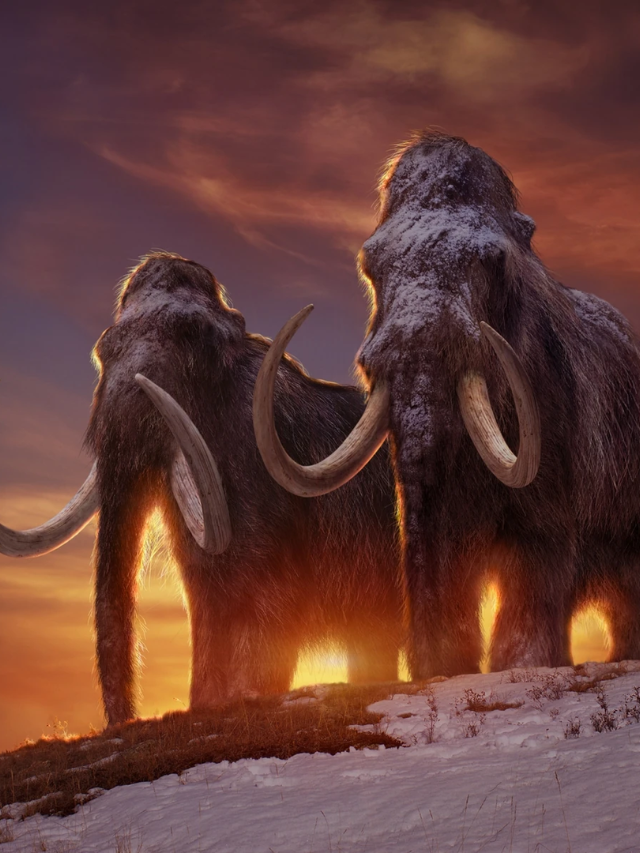
The Wrangel mammoths originated from a small group (around eight).
A Thriving Population (At First)

The isolated population experienced reduced immune system gene diversity.
Genetic Diversity and Mutations
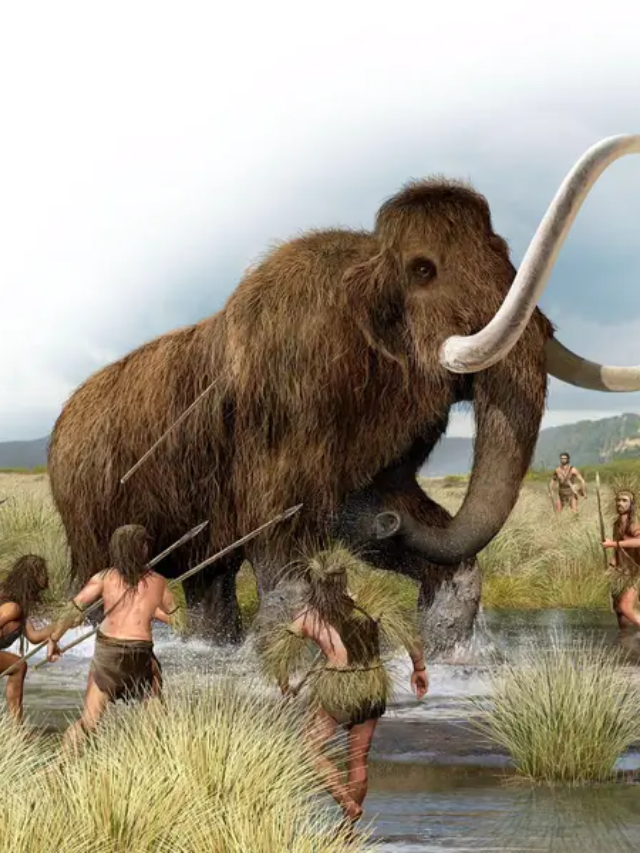
No genetic data exists for the mammoths' last 300 years.
The Final Mystery
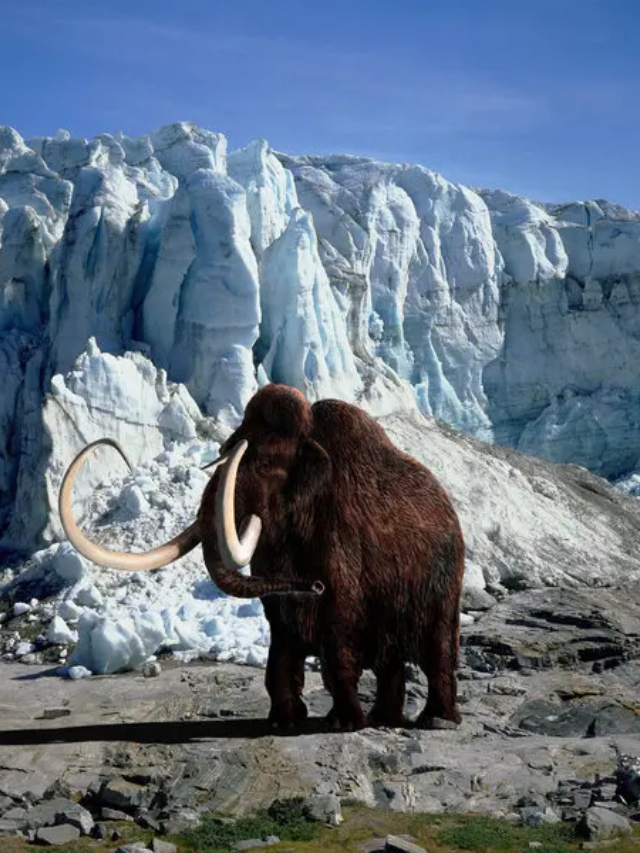
Previous theories suggested inbreeding led to extinction.
Inbreeding Not the Culprit

Archaeological evidence suggests humans arrived after the mammoths' extinction.
Human Hunting Unlikely